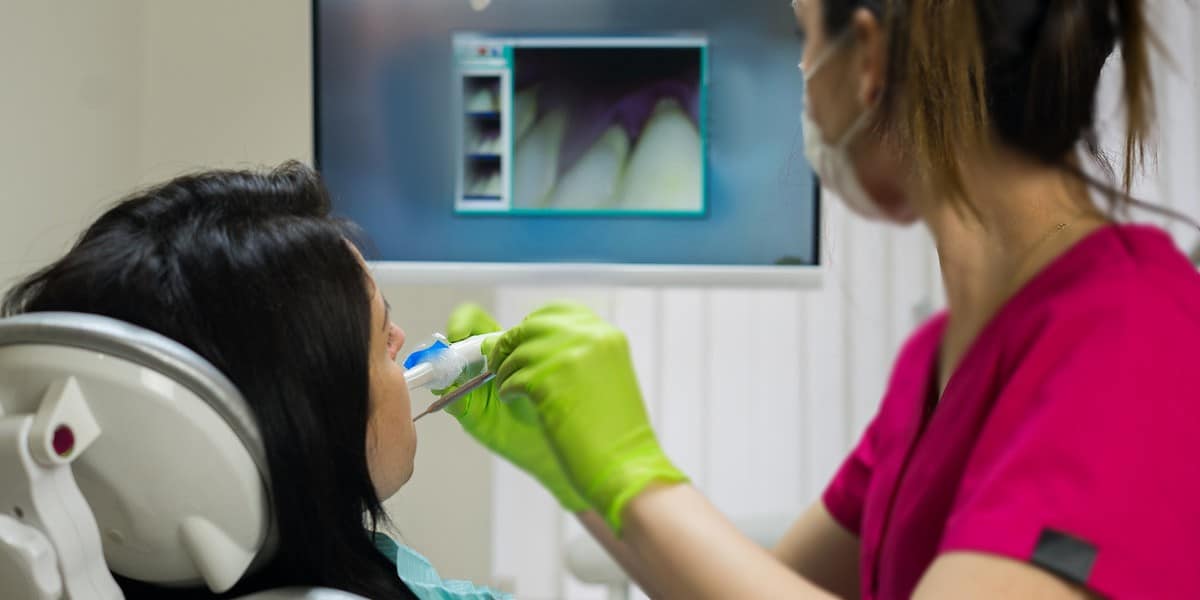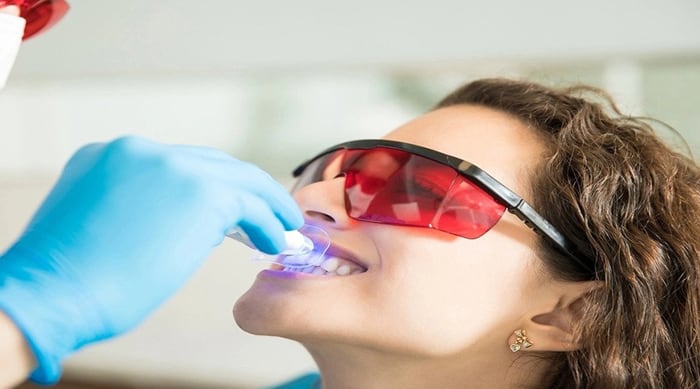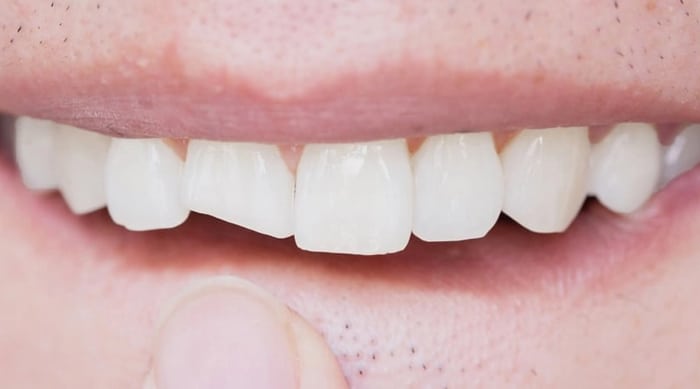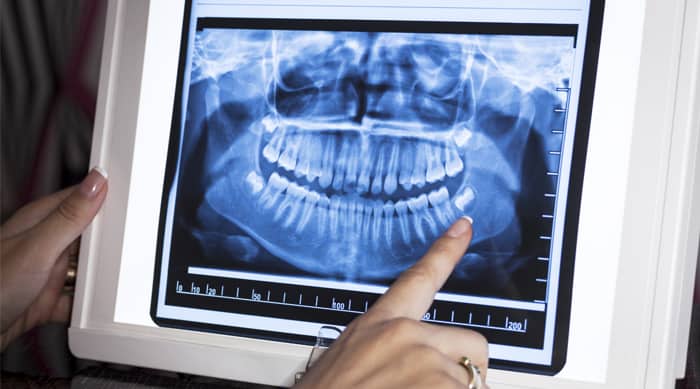
Dental bonding Markham is a popular dental restoration that can fix cracked teeth, missing gaps, and crooked teeth. However, there are many myths about dental bonding that persist. This guide will help you to debunk five common myths about teeth bonding.
Common misconceptions about dental bonding Markham
Myth 1: Bonding can only fix cracked and discoloured teeth.
Aside from fixing cracked and discoloured teeth, dental bonding is an effective solution to the following dental issues:
- Teeth gap
The application of resin to the surface of the teeth can fill the gap. The dentist will sculpt the resin into the shape of your desired tooth gap.
- Short teeth
Bonding can increase the size of your tooth to match it with the rest.
- Decayed teeth
To protect decayed teeth, dentists use composite resins to fill the cavities. A bonding procedure is an alternative to amalgam fillings.
- Poorly shaped teeth
By adding resin, it can correct the shape of your teeth.
Myth 2: Dental bonding procedure is painful.
A lot of people think teeth bonding is painful. However, this treatment is minimally invasive and doesn’t require numbing agents. The dentist moulds a composite resin material during the procedure and attaches it to the tooth. Since it does not involve surgery, the whole process is simple, quick, and comfortable.
Myth 3: Cosmetic bonding is expensive.
Compared to getting veneers or implants, bonding a tooth is more affordable. The cost of dental bonding can range from 200 CAD to 400 CAD. You can consult your dentist to know if they have flexible payment plans.
Generally, dental bonding costs may vary depending on the following factors:
- Number of affected teeth
- Teeth location
- Dentist’s expertise
- Dental location
- Other necessary treatments
Myth 4: You can eat what you want after dental bonding.
After the procedure, your dentist will give you some dietary restrictions to ensure that your newly bonded teeth will not chip or crack. You should not eat certain foods since they could damage the adhesive and cause the bond to fail.
Below is the list of food and drinks you should avoid.
- Hard foods, which include nuts, candies, and ice
- Gummies and sticky foods
- Coffee, soda, wine, and tea
- Acidic fruit juices that can weaken the teeth
- Highly pigmented fruits such as blueberries and raspberries
Myth 5: Composite resin bonding does not last.
In general, bonding material lasts between three and ten years before it requires touching up or replacement. It is important to note that the lifespan of your tooth bonding will depend on how you properly take care of them.
- Observe a proper oral care routine by brushing your teeth twice a day and flossing once daily.
- Use a soft-bristled toothbrush.
- Limit your intake of sweet foods and beverages.
- Quit smoking.
- Schedule regular professional cleaning with your dentist.
Who are eligible for dental bonding?
Those with aesthetic problems with their smile are the best candidates for dental bonding. Patients suffering from severe decay and trauma are not qualified for the procedure.
Bonding is for people with minor tooth issues, such as discolorations, chips, gaps between their teeth, or cracks in their enamel. Since these dental issues do not require major restoration, dental bonding can resolve them.
Dentists recommend that patients should have healthy teeth when they undergo dental bonding. It is essential that the affected teeth have strong roots and that the enamel is intact.
Enhance your smile today
Dental bonding in Markham is a great way to fix dental problems and can be done in one visit. If you are interested in getting this treatment, book an appointment with your Markham dentist for a consultation.










